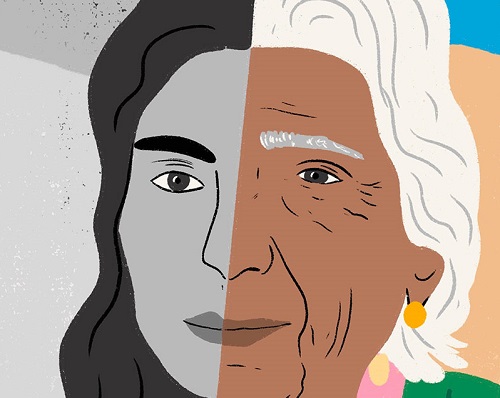Once you hit age 35, slowing down seems inevitable, but it doesn’t necessarily have to be this way. The mixture of increased endurance capacity, fitness and experience can prove to be winning formulas. Sure, it may have something to do with genetics but I put it down to dedication.
Take for example surfer Kelly Slater, who turned 40 this year. American Olympic Swimmer Dara Torres who at 41 has V-pack that would put many 20-year-olds to shame….geez I may even be in this category in a few years, but let’s not think too much about that one…
Obviously, the 20 something years are the years we hit peak performance, our bodies are primed for maximum exertion and injuries through wear and tear are usually kept to a minimum. This elite level is said to be maintained until age 35 where it steadily declines until age 50. Of course, this all varies with each sport; a sprinter in an agility based sport would decline quicker than an endurance marathon for example.
Degeneration has a lot to do with it, as does the healing and recovery process of our joints and muscles. But the good news is, if you have done the miles when you are younger there is a big chance that you can reap the rewards by not having to commit to so many miles as you age….just by training smarter and choosing to eat well.
Here are a few tips that might help you ‘not lose it’
1. Incorporate interval training into your workouts – by adding in higher intensity sessions it will help preserve your muscle tone, cardio output without having to do the long miles. A good way to start is by running hard for 1-2 minutes and having an equal amount of rest, repeat for 20 minutes. If your joints disagree with running try a bike.
2. Stay subtle – I personally consider this the most important factor. It is definitely the case of don’t use it you lose it on this one. Gentle yoga, pilates style stretching a foam roller exercises are super crucial if you plan to stay injury free. Stretching keeps our joints ‘lubed’ and in top working order, it lengthens the muscles (which shorten every time we stress our bodies) and helps with full range of movement which is a good thing when we are talking correct technique.
3. Get strong – this doesn’t have to involve hours in the gym, but simple body weight and abdominal exercises that help with our everyday functional movements. Why practice an exercise that does not attribute to what you do in real life? The more muscle the better which increases our metabolism, bone density and body composition.
4. Treat your body with respect – if you eat crap you will feel like crap, it’s that simple. As we age we tend to be more actively busy with families, work and chores and can’t get away with eating non-nutrient dense food. High protein snacks, fruit and veggies are obvious choices and so too are antioxidants.
Also, make sure you are up to speed with your vitamin intakes and take note and see a GP if you seem to be doing all the right things but still not feeling as well as you should.
So with these tips, going downhill fast will hopefully only relate to the pace we are on our bikes!
Are you pushing the boundaries in your quest to stay in shape? What do you find helps?




